Last updated on March 22, 2024

Supersize | Illustration by DiTerlizzi
Cube is one of Magic’s most played casual formats, right up there with EDH. It offers a nice alternative to regular Limited. Since the players select every card in the Cube, they can perform a good MTG R&D impression as designers, testers, and players. Some Cube players even create custom cards and use silver-border cards for maximum flavor and fun.
Cubes come in a variety of sizes and power levels. Today, I’m dissecting Cube size. After reading this, you should have a good idea of why the size of a Cube matters and what size would be best for you and your playgroup.
So, without further ado, let’s examine Cube sizes!
Why Does Cube Size Matter?
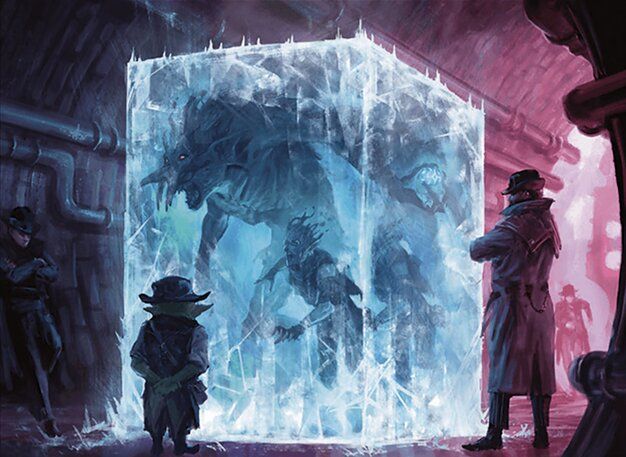
Out Cold | Illustration by Tuan Duong Chu
Most Cube designers and curators agree that a cube should have a minimum number of cards to support an 8-player Draft, which resembles a regular Draft. That means you should aim for at least 45 cards per person, or 360 cards total. It’s the prevalent community thought that a cube should only have the best cards per colors and mana value range. A 360-card cube will have the minimum cards necessary for a regular 8-person Draft, and ideally the best cards. Following the same thought process, 180-card cubes are good for two-player sealed, while 270-card cubes are essential for a 6-player Draft, and so on.
Of course, what the best cards are is a very subjective matter that relates to which archetypes are supported. Cards like Brain Freeze and Tendrils of Agony are among the best storm payoffs, but unplayable if the cube doesn’t support storm. You also need to consider power level when thinking about the best cards—Mana Drain is one of MTG's strongest counterspells but it’s not an appropriate card for every cube.
Having the minimum number of cards required is good for several reasons: All the cards get drafted, you minimize the risk of an archetype getting pinched off because the support cards weren’t opened, and the power level tends to be higher. Having a smaller cube also offers some material benefits: You don’t need to buy as many sleeves or cards, and the cube will be easier to transport, shuffling after playing is easier, etc.
That said, many MTG players advocate for a higher number of cards, with some cubes exceeding 450, 500, or 720 cards. MTGO’s own Vintage Cube has 540 cards, so what gives?
Not all cubes are created with the same design philosophies. The more cards you have, the more diversity you’ll see between drafts. In each draft you’ll see half a 720-card cube, but only a third of a 540-card cube. It’s even possible to draft a 540 cube three times without seeing a repeated card. But it’s not all roses and sunshine with a larger cube; let’s explore the different strengths and weaknesses of various cube sizes in greater detail.
360 Cards
As explained earlier, a smaller 360-card cube can decrease variance, allowing you to read the Draft signals better and cultivate a more consistent Limited environment. For example, if you’re getting passed good mono red cards, it’s probably a good signal that red is open and not because of the card distribution. If you first-pick a Splinter Twin when drafting a 360-card cube, you have a high chance of seeing at least one other combo piece if the cube supports the archetype. A 360-card cube gives you a higher chance of successfully building around cards you draft early.
The primary disadvantage of the 360-card cube is the low replayability. Don’t get me wrong, Cube is a highly replayable format with hundreds of viable decks and archetypes. But since every card in a 360-card cube gets opened each Draft, there’s a high chance of seeing the same strategies over and over.
You’ll face Black Lotus and its Power Nine brethren a lot, that reanimator deck with Entomb, Reanimate, Griselbrand, or mono-red decks beating you down with Ragavan, Nimble Pilferer and Goblin Guide. Some people argue that the best strategies are discovered too quickly in such a consistent Limited environment. Fitting new cards into a smaller cube can be tricky. A cube can only have so many red 1-drops or burn spells that deal 3 damage to a player, or 4-mana planeswalkers. Fitting new cards into the cube requires stringent cuts, always removing one card for another. People that enjoy changing their cubes often prefer more than 360 cards.
Design Considerations
With 360-card cubes, most people want to play the strongest cards possible, like the Power Nine, Library of Alexandria, Gaea's Cradle, Jace, the Mind Sculptor and other powerhouses. With 360 cards, it's easier to support archetypes requiring specific pieces, like an infect-proliferate deck, an artifact/enchantment based deck, or even a lifegain deck. You don’t want to seed packs in a cube of this size since the drafting portion won’t vary much between rounds.
It’s possible to play Sealed with a lower player count, like 2-4. Even though this cube size supports narrower archetypes well, avoiding isolating cards. Archangel of Thune works in a white beatdown deck, a lifegain deck, or a +1/+1 counter deck; Blood Artist intersects aristocrats, lifegain and sacrifice decks. These are examples of generically powerful cards that work in multiple archetypes. Something like Birthing Pod is far more specific; even though Pod is just one card, it requires careful consideration of your creature curve so players can draft a functioning Pod deck. This is a great example of a card that can be isolated and just bad without proper support.
450 Cards
The 450-card cube is a popular alternative for people who draft their cubes often, especially with the same group. With a play group drafting frequently, it’s natural that a 360-card cube feels solved, or that Golgari doesn’t have the tools to fight Azorius, or that combo is unplayable. Adding more cards works as a solution to stale Cube metagames by increasing the archetype variety. 450 cards is the ideal number for many Cube regulars, offering variety and the ability to support additional archetypes without affecting the overall power level.
Design Considerations
A 450-card cube can support more archetypes than a 360-card cube and lets players include cards that’re good on their own but can enhance a certain archetype. Note that it’s what WotC usually does in traditional Draft environments, seeding sets with certain uncommons or rares that might inspire niche Limited decks (two great examples include Slime Against Humanity in Murders at Karlov Manor and Dance of the Manse from Throne of Eldraine).
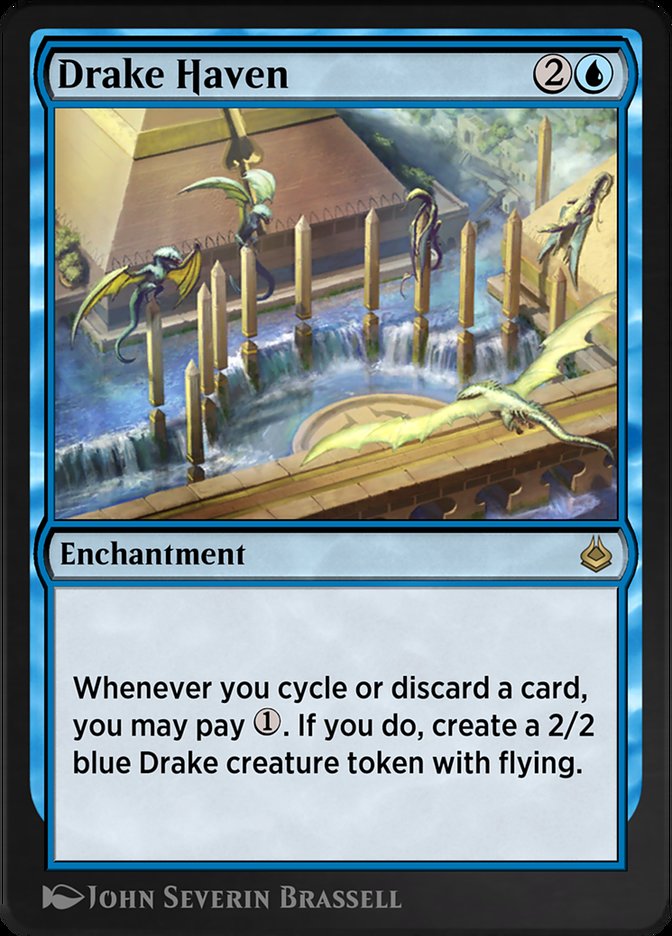
As the number of cards swells, you’ll have to increase support for specific archetypes. Cards like Drake Haven are really fun and easy to support in a smaller Cube environment, but you’ll need extra support to keep up with the increased cube size; the number of enablers for a 360-card cube is likely too low for a 450-card cube since you’ll see individual cards less frequently. The same can be said for broader archetypes like mono-red or Reanimator that may need a few more enablers and payoffs added for consistency.
540 Cards
A 540-card cube follows the same idea as the 450-card ones: Raising the overall card quantity increases variety. MTGO’s Vintage Cube follows this logic, as do other cubes on MTGO and MTGA. Considering that these cubes are drafted tens of thousands of times, variety is imperative so that the cube doesn’t get solved. The larger card pool reduces the “I’ll force blue because it’s the best color” problem since two or more players forcing blue will have a much worse time.
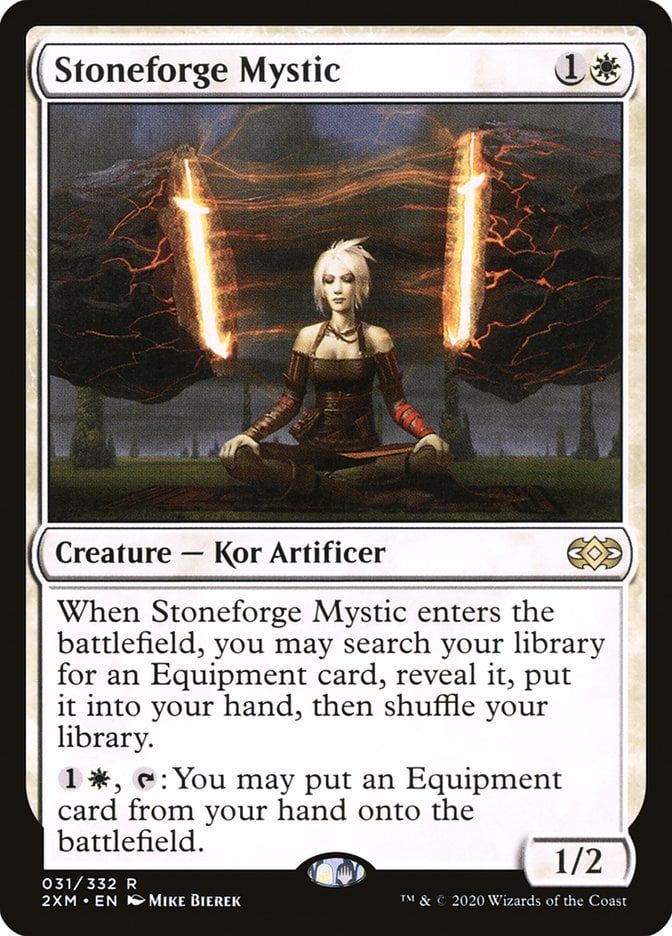
One key downside of this Cube size is the Stoneforge Mystic problem; that is, I first pick Stoneforge, then never see a decent equipment card. That’s going to happen occasionally because you only see a fraction of the cards in a 540-card cube; 180 cards remain unopened, which is a third of the cube instead of half of it like in a 360-card cube. There’s little that can be done to prevent this from happening outside of increasing the overall density of support cards or removing cards from the cube that need specific support pieces to be open.
Design Considerations
One way to design a cube this big is to start with a smaller cube skeleton and add potential substitutes for cards already there, always taking the mana curve into consideration. For example, a 360-card cube focusing on the best red 1-drops might only run Goblin Guide, Bomat Courier and Monastery Swiftspear, but larger cubes have more room for close runners-up like Fanatical Firebrand and Rabbit Battery. It’s a good idea to add more land cycles and gold cards—like five complete 10-card cycles of each—to ensure players have plenty of fixing and splashing opportunities.
You can run into some problems here; there aren't that many equivalently powerful versions of cards like Doom Blade or Counterspell. There are many 3-mana counterspells and removal spells with upside, but very few 2-mana ones. Cards like Thoughtseize also become premium pulls. Since you have so many cards, it’s easy to fall into the trap of adding cards that go well together and that form a cohesive theme, like say thopters-matter synergies, only to see that these cards underperform because you don’t open them together often enough. To avoid this, keep the majority of cards in the cube playable by themselves.
720 Cards
A 720-card cube amounts to the maximum amount of variety, so no two Cube Drafts will be the same. You can play Sealed with up to eight players, giving each player 90 cards. The benefits mostly end here, however. This cube size comes with some problems. First, the variance between Drafts is huge; because it’s so much harder to draft cohesive archetypes, many players gravitate towards good-stuff midrange piles. Drafting aggressive mono-colored decks becomes much harder. Also, cubes this big running cards like the Power Nine reward players much more heavily for opening a powerful card like a Black Lotus or Time Walk since it's less likely other drafters will have cards of equal power level.
With this cube size you’ll want less powerful cards and more medium/good cards overall. Forget about having encouraging typal strategies, two-card combos like Splinter Twin + Pestermite, or cards like Stoneforge Mystic that rely on seeing something as specific as a good equipment. Another problem that can happen is having Draft packs skew heavily toward a certain color. Seeing 60% of the cube’s red cards and only 10% of the green cards can seriously affect games, not always in a fun way.
Cubes this size also risk becoming impractical. Sorting the cards, sleeving the cards and replacing the sleeves becomes a massive chore, even before you consider needing to lug the cube around.
Design Considerations
First, you’ll probably want less powerful cards overall, like people do with Peasant or Pauper Cubes, or cubes with other restrictions, such as block or set Cubes. This produces a more balanced environment by minimizing the spikes that come from one player finding gems like Black Lotus or Sol Ring. You also need to be mindful of your lower mana value slots. You’ll want at least 15-16 1-drops, and twice as many 2-drops to help the consistency of aggressive decks.
It’s very hard to support narrower and parasitic archetypes in a cube this large. Themes like Boros equipment matters, Selesnya enchantress, +1/+1 counters, or proliferate are very hard to support across such a wide card pool. Here the cards need to be evaluated by brute power, so more cards like Questing Beast / Elder Gargaroth over synergy pieces like Marwyn, the Nurturer / Evolution Sage.
As in 540-card Cube, you’ll probably want to seed the packs too.
Cube Size for Small Drafts
The main problem of drafting with fewer than eight people is that not all archetypes will be disputed and fewer cards will get opened. So for example, one player might settle in white, with another on red, green, black and so on, leaving blue undrafted. No one will care about that sweet enchantress payoff, or that affinity deck you’ve seeded in your cube. Or if you get all the enchantress payoffs and the good enchantments, your deck will be busted. Less consistency means aggressive decks are harder to draft, so good-stuff midrange and control decks become the norm.
If you’re regularly drafting with small groups of players, consider reducing the cube size unless you’re designing the cube for Sealed. People commonly suggest 180-card cubes (which Cube afficianodo Ryan Overturn dubbed the “Two-Bert”), 270-card cubes, or mixing small and modular cubes altogether.
Many playgroups will draft a cube with four players using the pick-one burn-one method to simulate that someone else has drafted a card in between players. Another possibility is to draft more packs with fewer cards per pack, like five packs of nine cards. Even then, you’ll see that each player drafts an archetype on rails and whoever ends up with the most busted deck wins.
It’s not an easy task to solve this problem, so you can change the cube size, the Draft method, or even play something else like Team Draft, Team Sealed, or Two-Headed Giant.
Wrap-Up
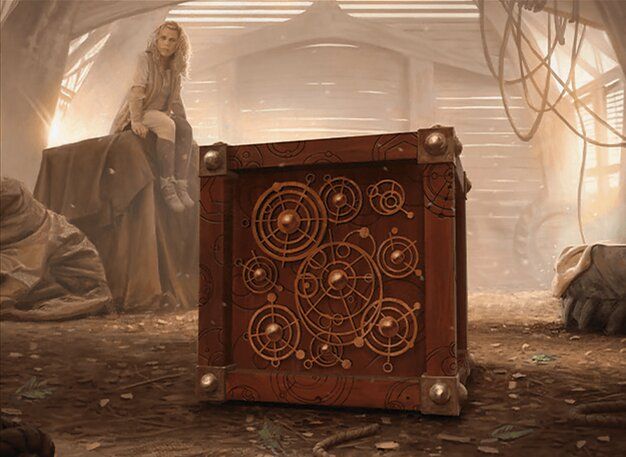
The Moment | Illustration by Patrik Hell
Cube is a very nice way of gathering your friends and playing a powerful format with a Limited card pool. As we can see, more cards equals more variety, but more imbalance. As we go to the center, in between 300-720 cards there’s an optimal number of cards, but in the end, you’ll decide whether more cards equal more fun too. We also have to account for how many people actually show up to game night too; drafting a 720 cube with four players can be a bad experience.
Do you play Cube regularly with your group? What’s the sweet card spot? Let me know in the comments below. Or leave us a tweet at Draftsim Twitter.
Thanks for having me, and let’s Cube.
Follow Draftsim for awesome articles and set updates: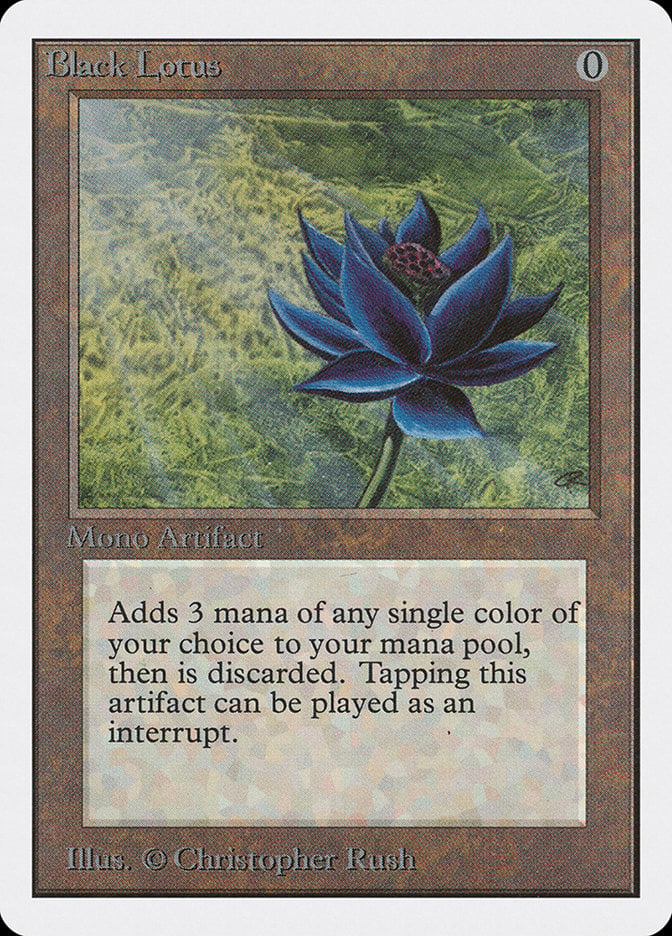
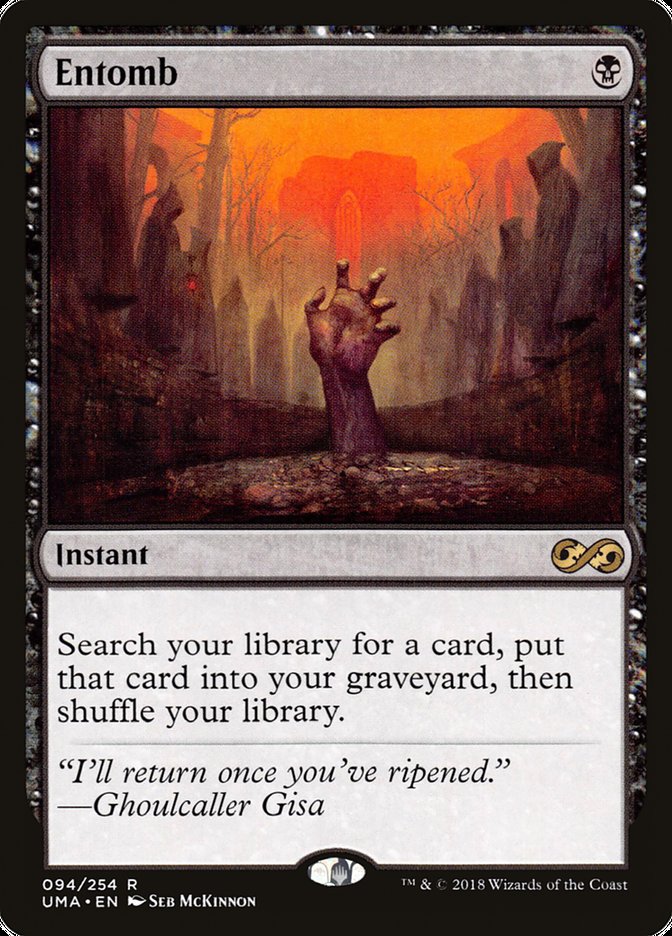
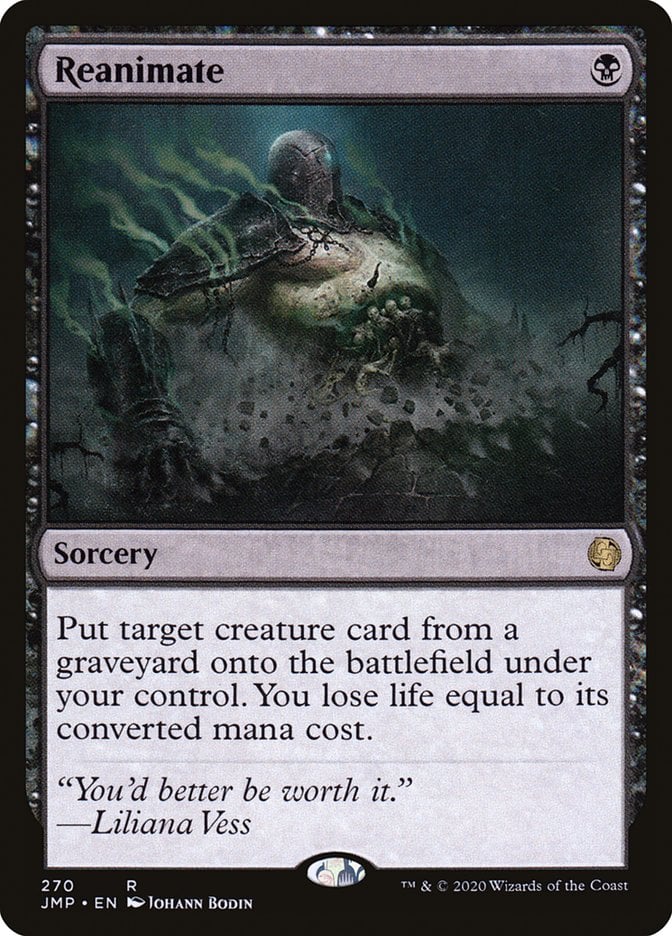
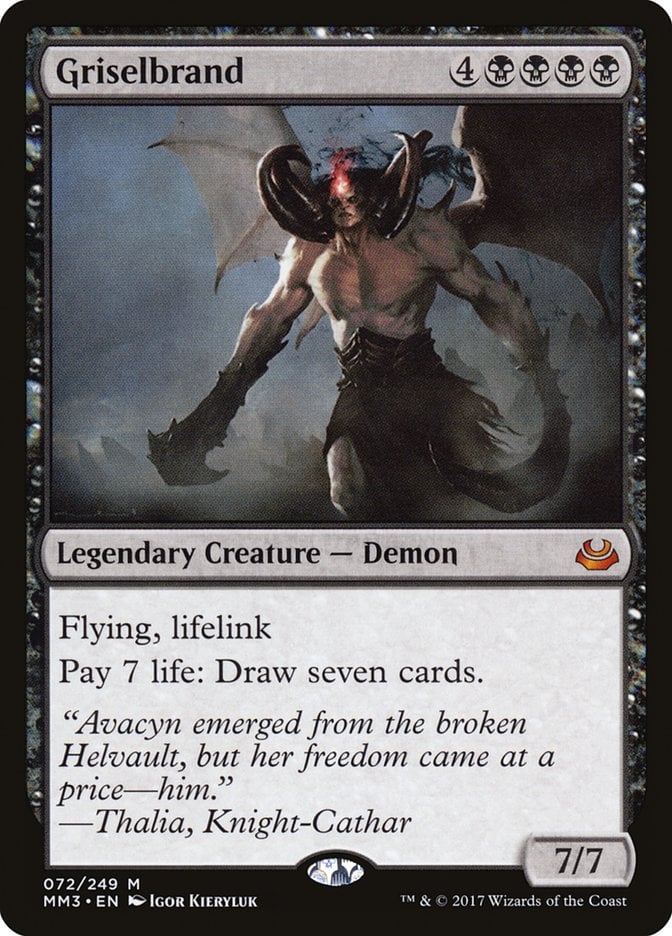
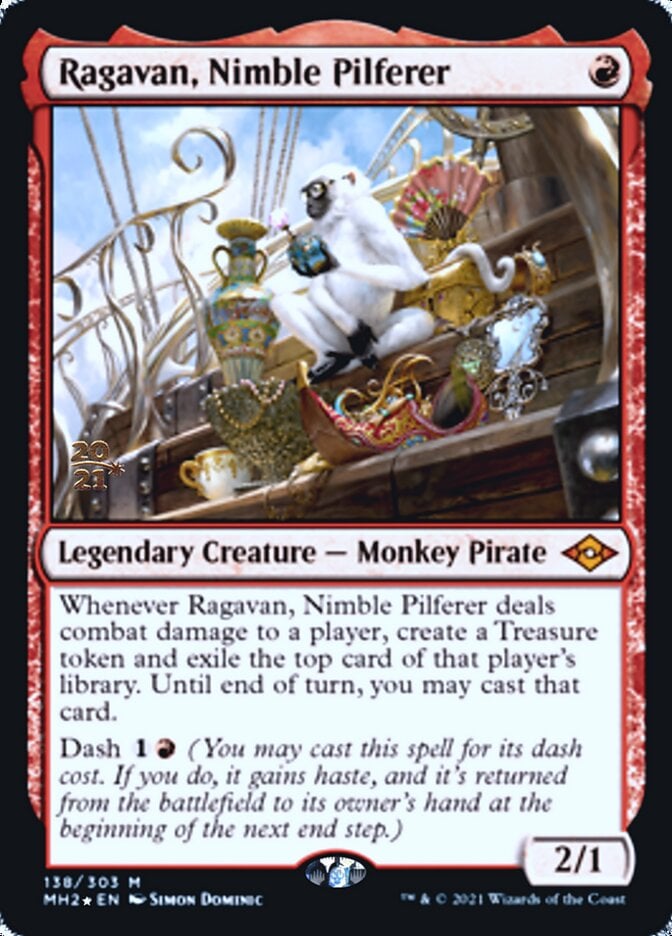
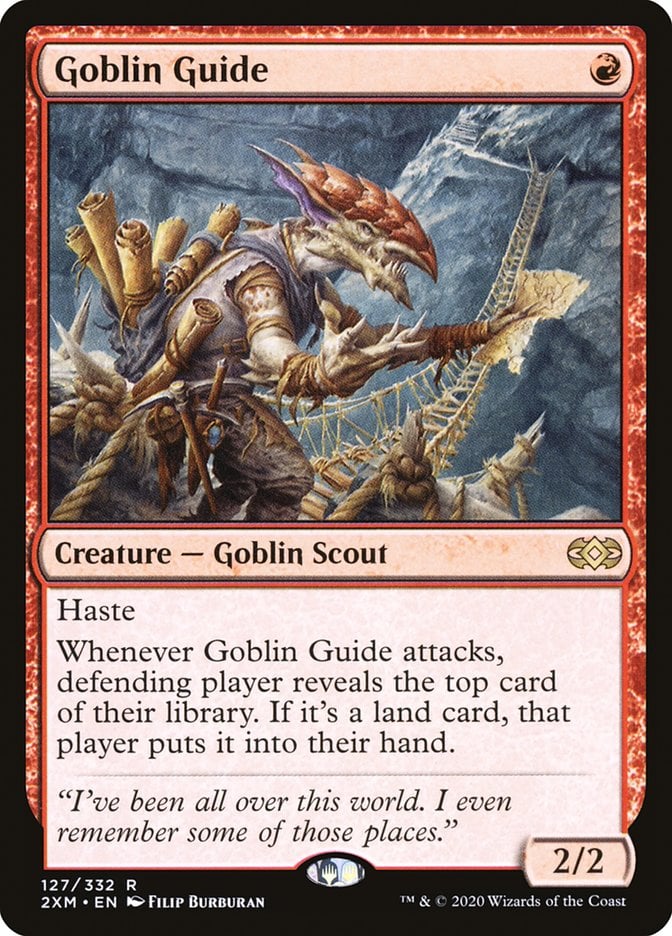

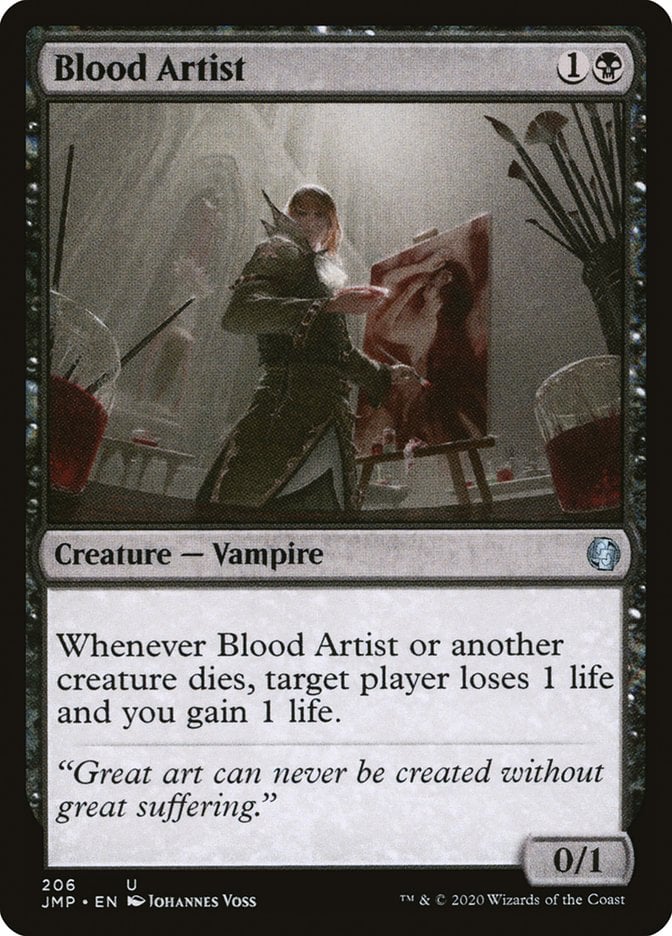

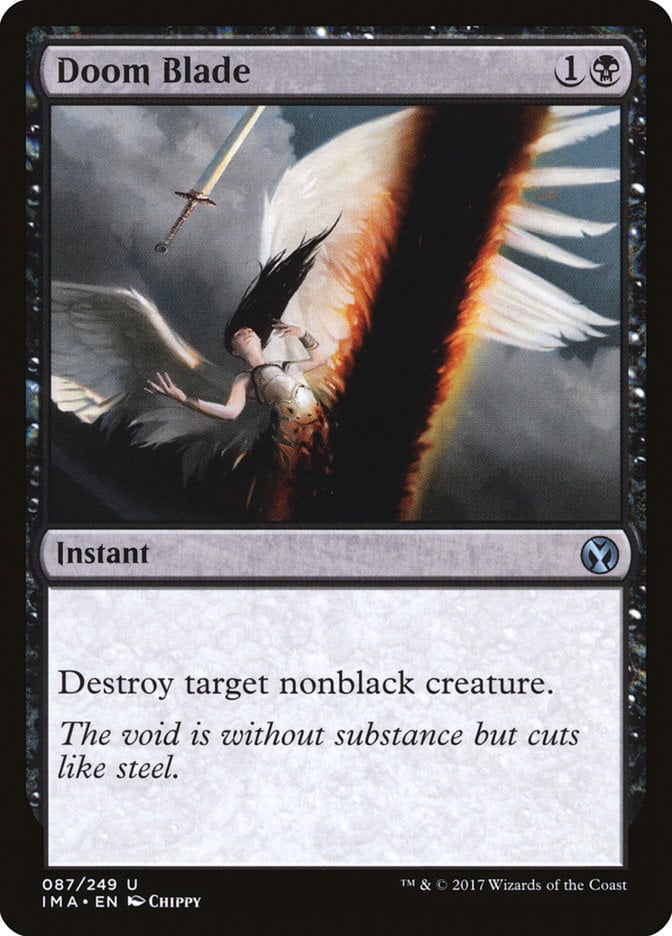
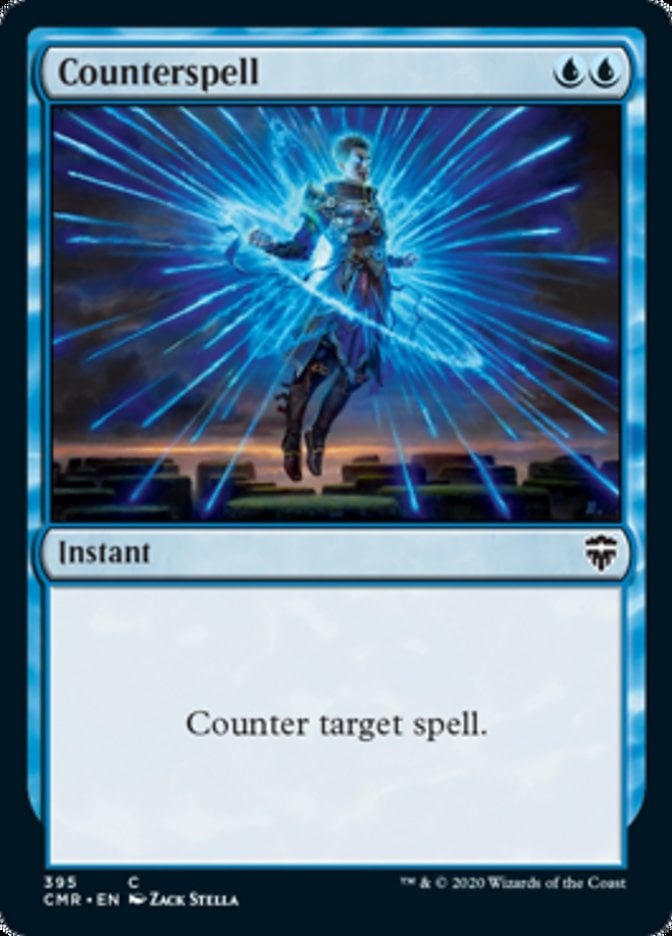
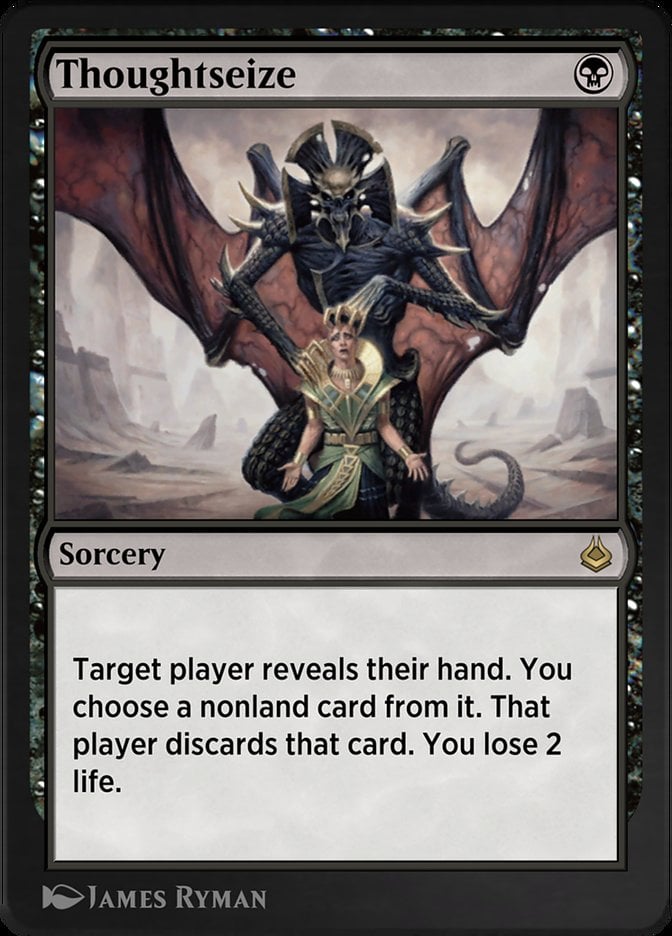
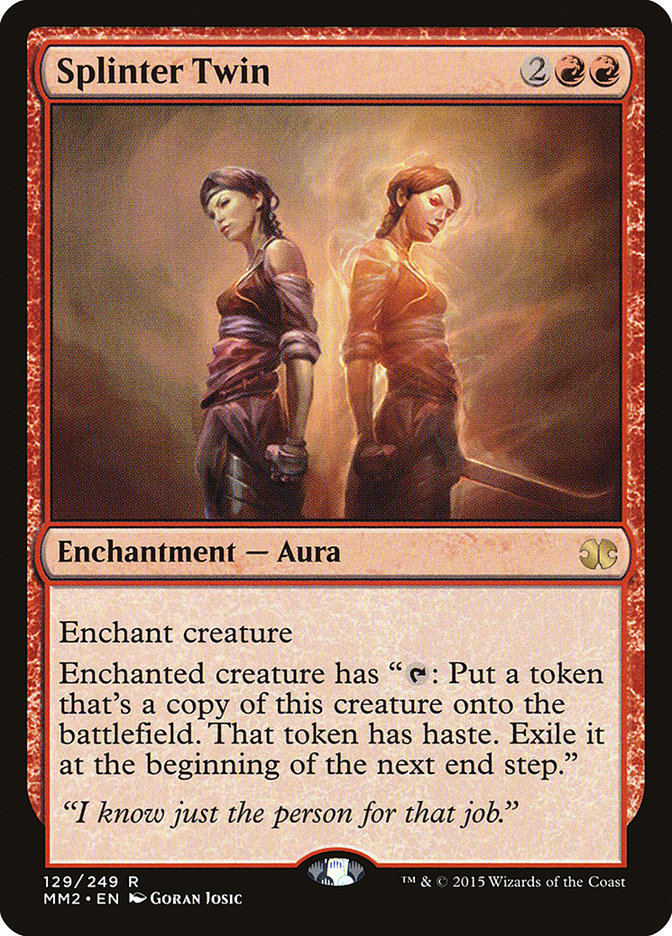
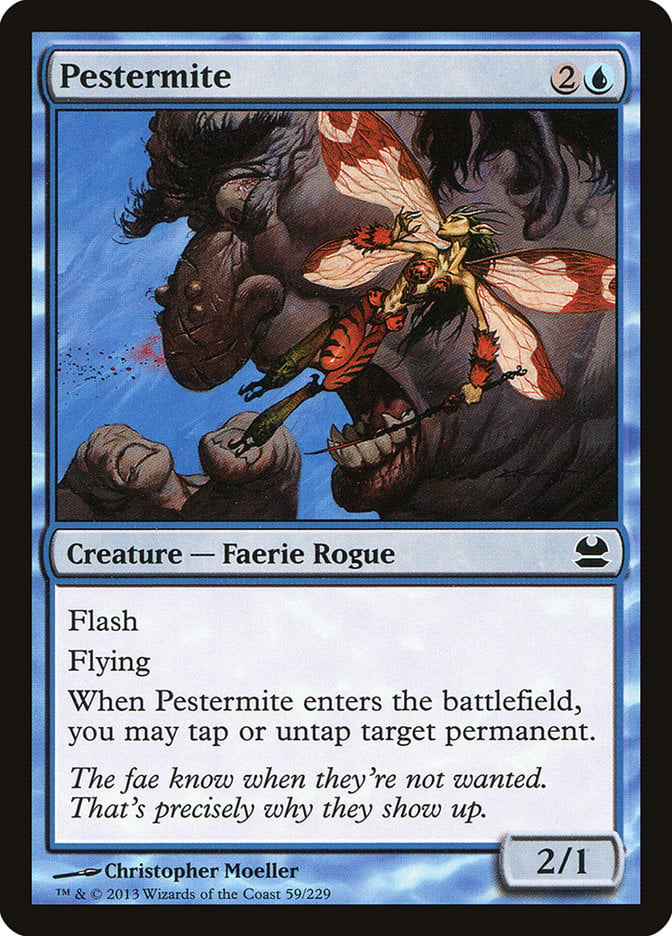
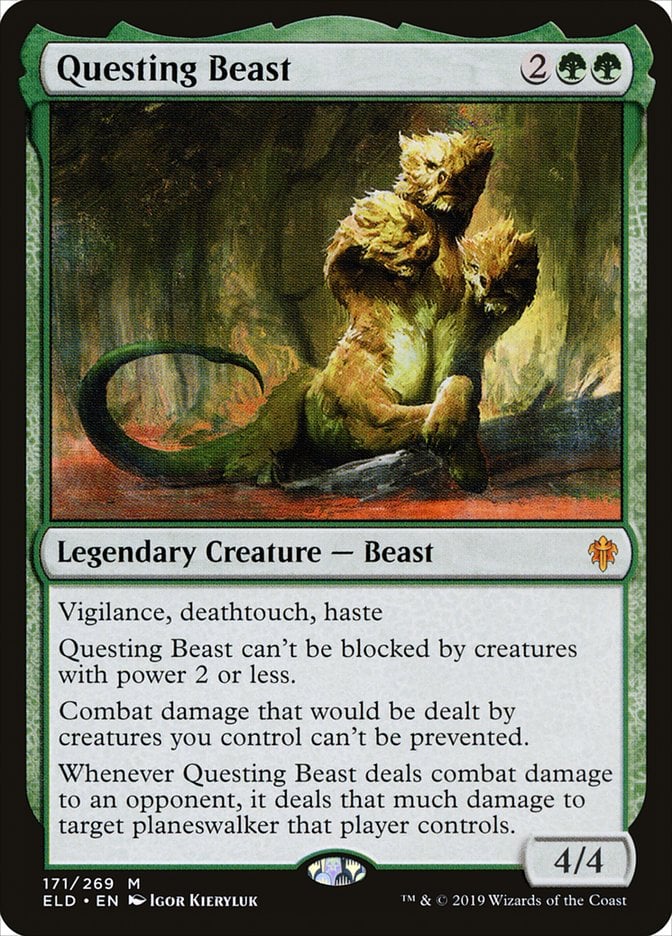
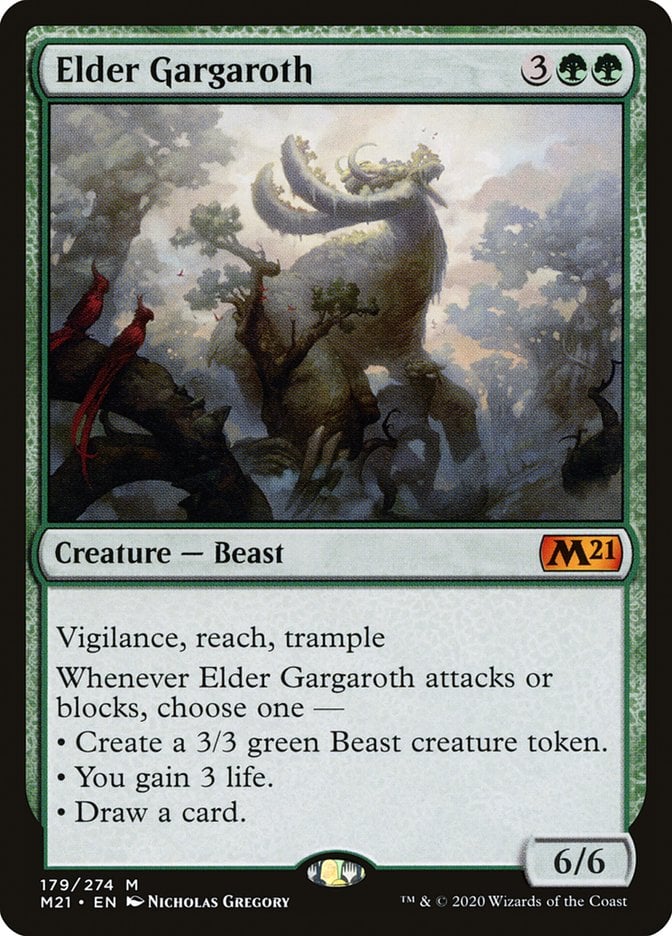

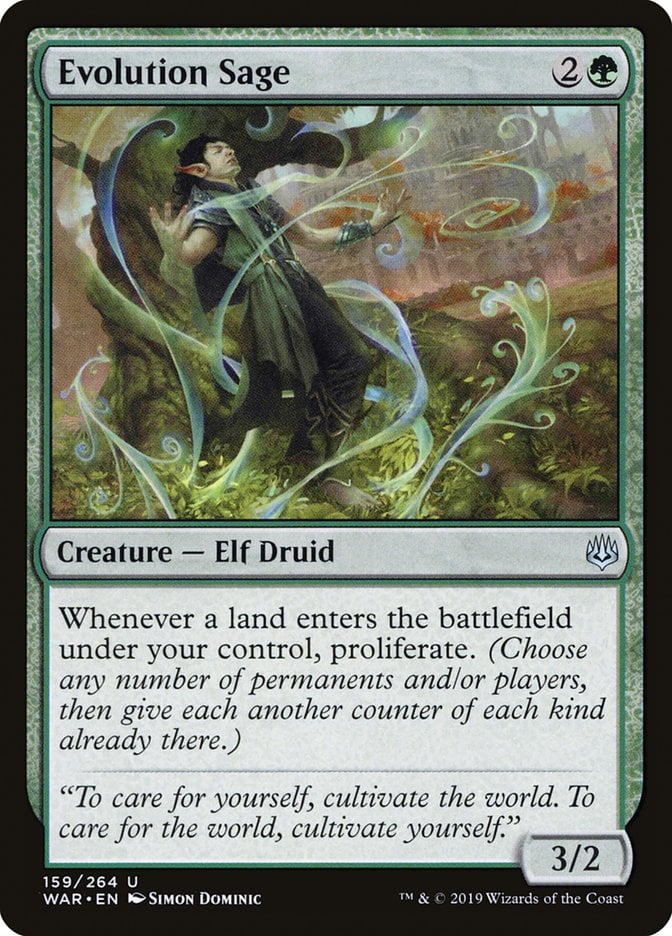
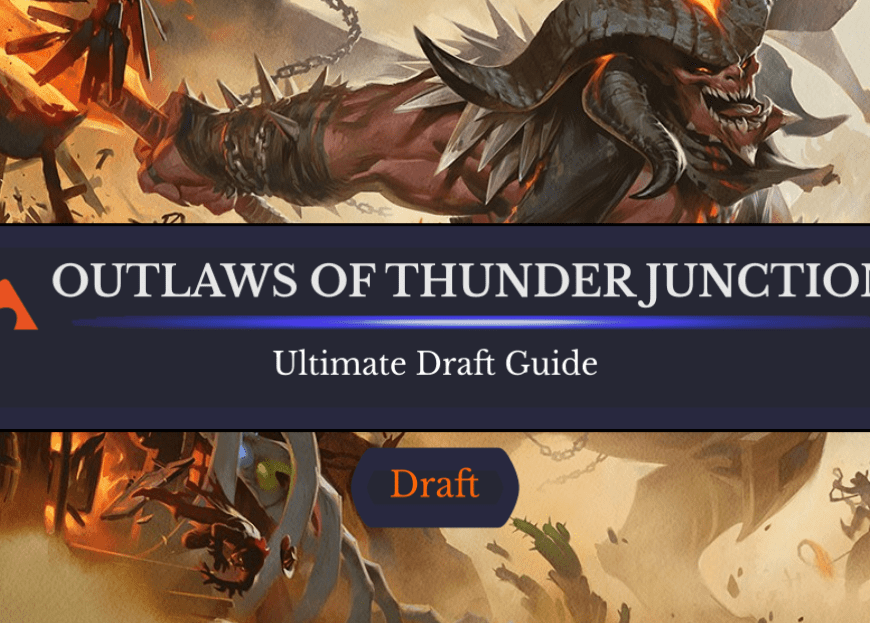
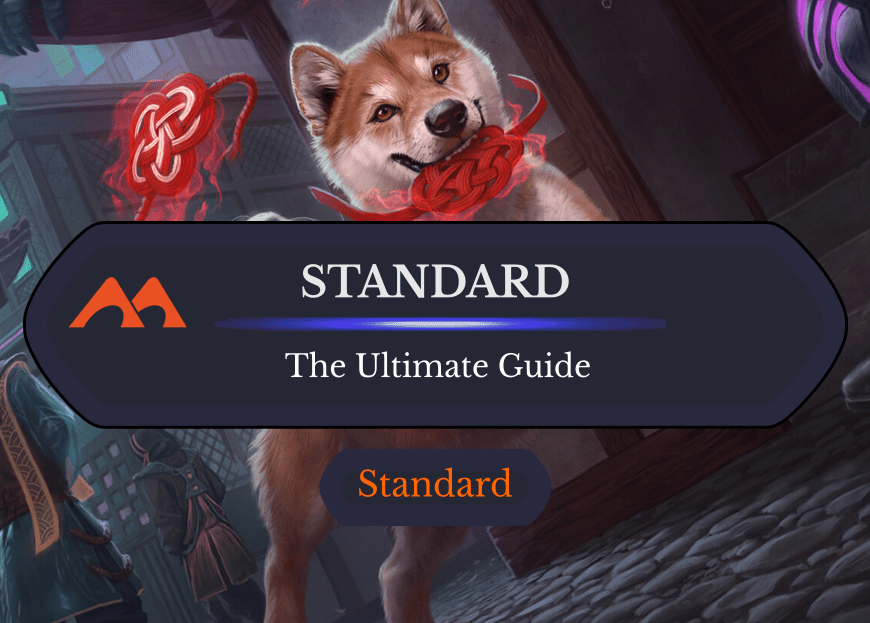
Add Comment